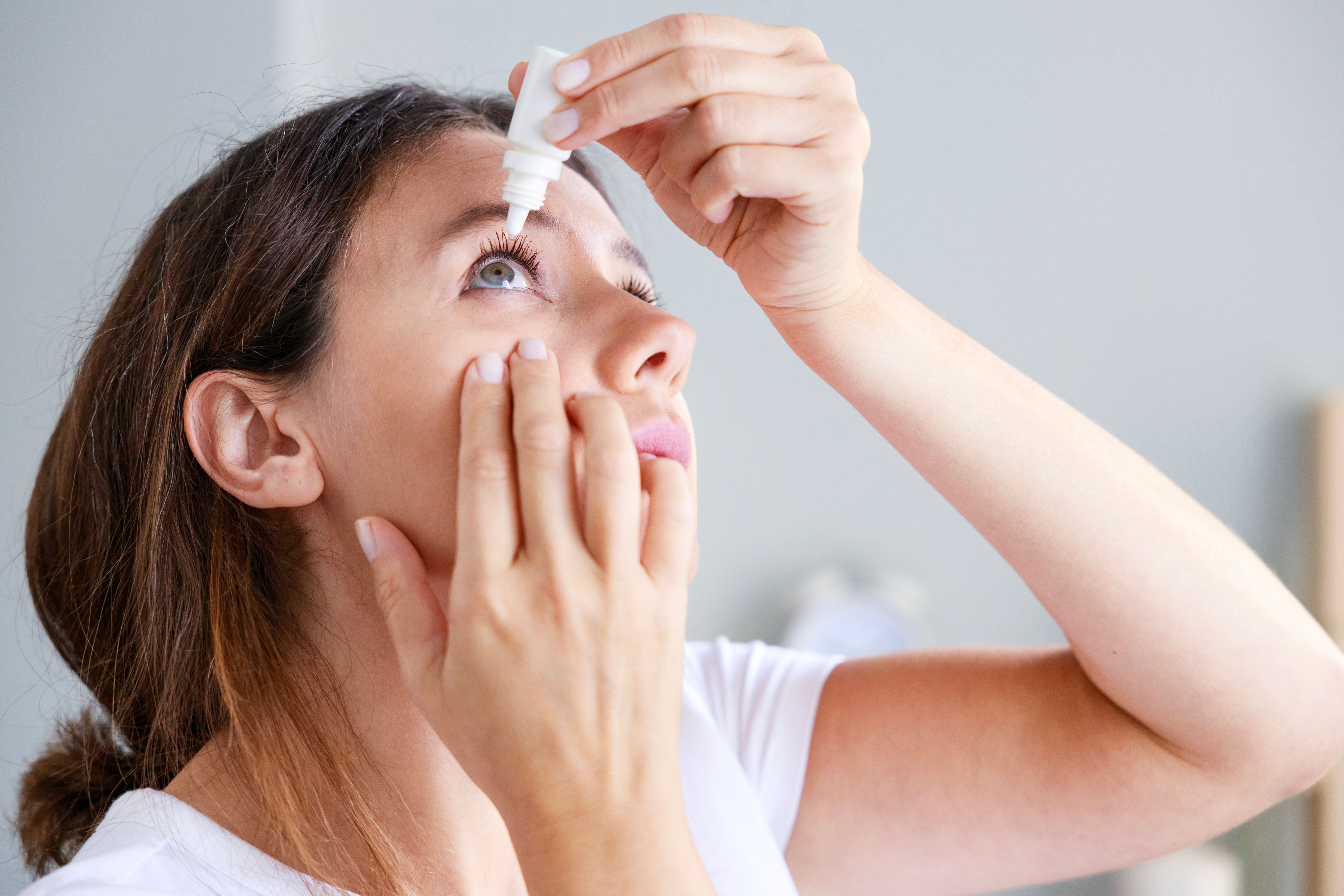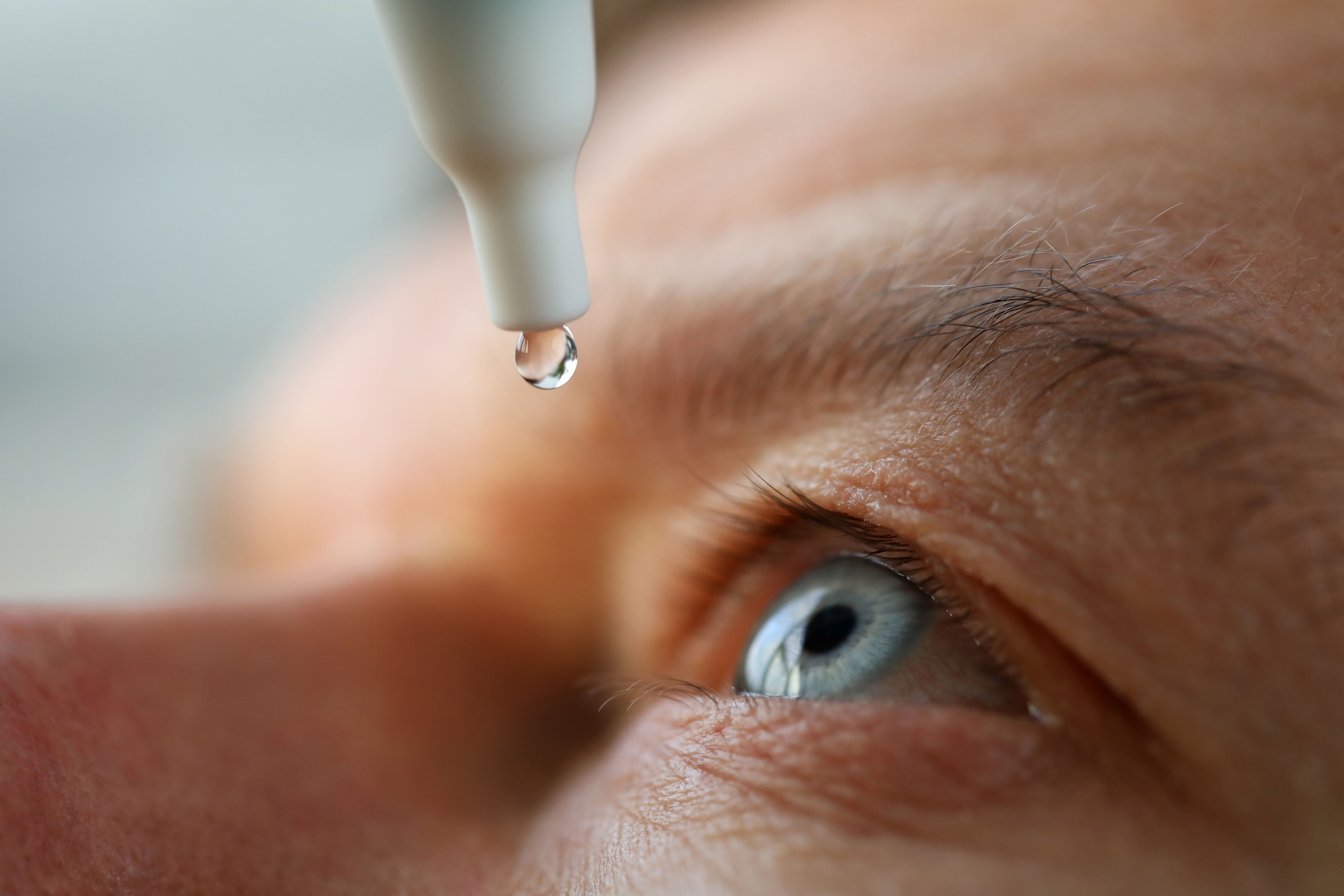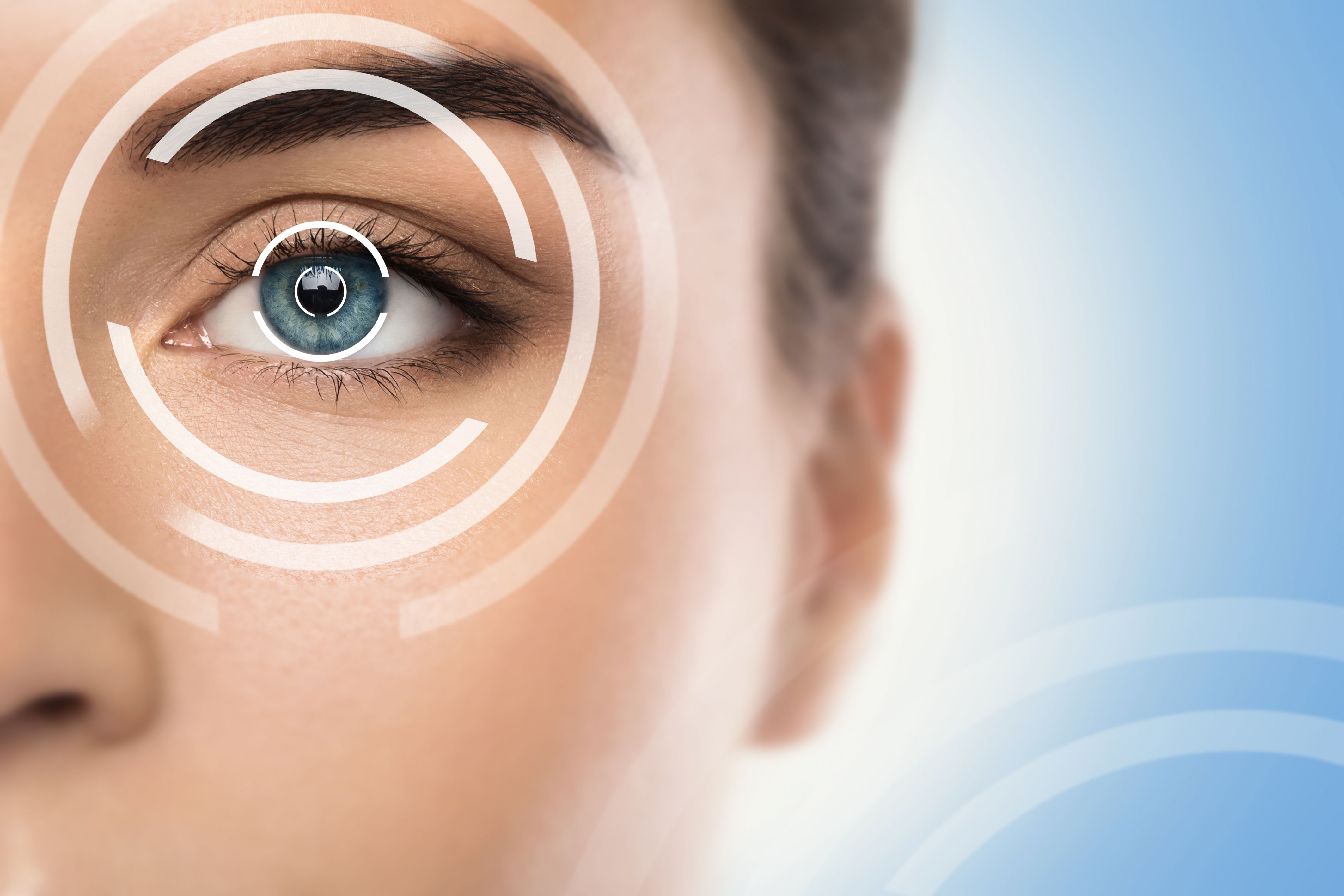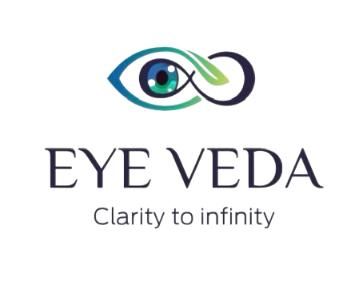Understanding Dry Eye: Causes, Trends, and Remedies
Understanding Dry Eye: An Overview
Dry eye is a common condition that affects millions of people worldwide. It occurs when the eyes do not produce enough tears or when the tears evaporate too quickly. This can lead to discomfort, irritation, and even vision problems. Understanding the causes, trends, and remedies for dry eye is essential for anyone experiencing symptoms.
Dry eye can be caused by a variety of factors including environmental conditions, lifestyle choices, and underlying health issues. It is crucial to identify the root cause to effectively address the symptoms and improve eye health.

Causes of Dry Eye
Environmental Factors
Environmental conditions such as wind, smoke, and dry climates can contribute to dry eye. Extended exposure to air conditioning or heating, which reduces humidity levels, can also exacerbate the condition.
Lifestyle Choices
Prolonged use of digital devices is a significant contributor to dry eye. Staring at screens reduces blink rates, leading to faster evaporation of tears. Additionally, contact lens wearers may experience increased dryness due to reduced tear production.

Health Conditions
Certain medical conditions like rheumatoid arthritis, diabetes, and thyroid disorders can impact tear production. Medications such as antihistamines, decongestants, and antidepressants may also cause or worsen dry eye symptoms.
Trends in Dry Eye Treatment
As awareness of dry eye increases, so does the development of innovative treatments. From over-the-counter artificial tears to prescription medications, there are numerous options available to alleviate symptoms. Understanding these trends can help individuals make informed decisions about managing their condition.

Effective Remedies for Dry Eye
Simple Adjustments
Making small changes in daily habits can significantly reduce dry eye symptoms. For instance:
- Taking regular breaks from screen time.
- Using a humidifier to maintain moisture in the air.
- Wearing sunglasses to protect against wind and UV rays.
Medical Interventions
For severe cases, medical interventions may be necessary. These may include:
- Prescription eye drops that enhance tear production.
- Punctal plugs to block tear drainage and retain moisture.
- Lipiflow therapy to unclog blocked oil glands in the eyelids.

Conclusion
Understanding the causes and trends surrounding dry eye can empower individuals to seek effective remedies. Whether through lifestyle adjustments or medical interventions, managing dry eye is attainable with the right approach. If symptoms persist or worsen, consulting an eye care professional is recommended to explore further treatment options.
